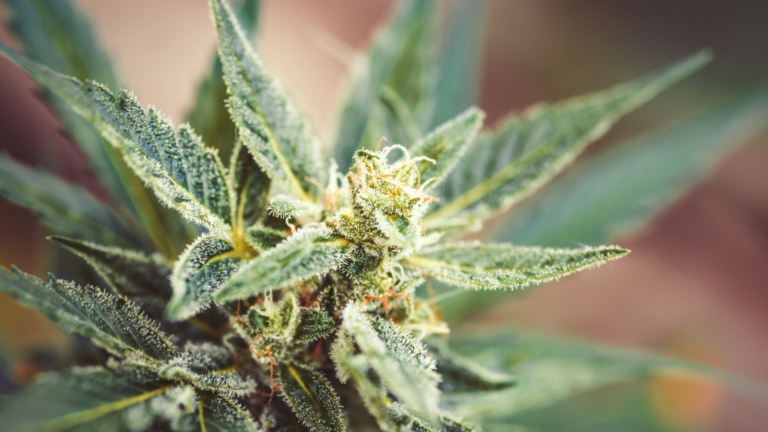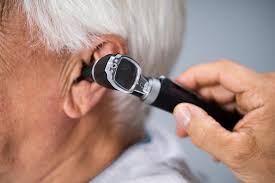Breaking Free from Spasms: Innovations in Muscle Spasticity Management
Muscle spasticity can feel like a relentless tug of war within your body. It’s not just stiffness or an occasional muscle twitch; it’s a condition that can profoundly affect one’s quality of life. Thankfully, the landscape of managing this challenging condition is changing, with innovations offering new hope to those who deal with its effects daily. These advancements promise to redefine what it means to live with muscle spasticity, making daily tasks more manageable and improving overall well-being.
Understanding Muscle Spasticity
At its core, muscle spasticity is a symptom often associated with serious neurological conditions, such as multiple sclerosis, cerebral palsy, or after a stroke. It manifests as an abnormal increase in muscle tone or stiffness, which can interfere with movement, and speech, and cause discomfort or pain. But what really goes on beneath the skin? It’s a complex interplay of signals gone awry, where the brain and spinal cord, damaged by illness or injury, fail to communicate correctly with the muscles.
This miscommunication leads to involuntary muscle contractions, significantly impacting an individual’s mobility and daily life. Understanding the underlying mechanisms is crucial for developing effective treatments. As research unfolds, the depth of our understanding continues to grow, paving the way for more targeted and efficient therapies.
Conventional Treatment Methods
For years, those with muscle spasticity have relied on a combination of physical therapy, medications, and, in severe cases, surgery. Each treatment avenue offers benefits but also comes with limitations. Physical therapy can improve mobility and reduce discomfort, yet its effectiveness often depends on the severity of spasticity. Medications can reduce muscle stiffness, but they might also bring side effects that some patients find hard to manage.
Surgery offers a more permanent solution for some, yet it carries the risks inherent to any major medical procedure. Despite these challenges, patients often find a regimen that provides some relief. The quest for better solutions is ongoing, fueled by the desire for treatments that offer lasting benefits without compromising other aspects of health.
Innovations in Treatment
The horizon of muscle spasticity management is brightening with the advent of innovative treatments. New physiotherapeutic techniques, specially designed equipment, and even robotics are making strides in treatment effectiveness. Wearable devices that monitor and adapt to the patient’s muscle activity in real-time are being tested, and AI-driven therapy plans are customized to each patient’s needs, offering a glimpse into the future of personalized medicine.
These technological innovations not only aim to improve the efficacy of treatments but also to increase accessibility and ease of use for patients, making it easier than ever to integrate these solutions into daily life. The promise of such technologies lies not just in alleviating symptoms but also in empowering patients to regain control over their bodies and lives.
The Role of Medical Marijuana in Managing Muscle Spasticity
Among the innovative treatments emerging, medical marijuana is gaining attention for its potential to alleviate muscle spasticity. Unlike traditional medications, the compounds in medical marijuana, specifically THC and CBD, interact with the body’s endocannabinoid system, possibly reducing muscle stiffness and spasms more effectively for some.
In Mississippi, for example, this has led to muscle spasticity being recognized as a condition eligible for a medical marijuana card. Patients seeking alternative treatments can consult with Mississippi medical marijuana doctors, who can provide guidance on how medical marijuana might fit into their overall treatment plan.
This approach has opened new doors for patients looking for relief from the relentless symptoms of spasticity, offering a beacon of hope for those who have found traditional treatments insufficient. It represents a significant shift in how we approach the management of chronic conditions, embracing a more holistic view of patient care.
Practical Tips for Managing Muscle Spasticity at Home
While medical treatments continue to evolve, there are practical steps individuals can take at home to manage muscle spasticity. Gentle stretching exercises, maintaining a healthy diet, and staying hydrated can all contribute to reducing the severity of symptoms. Additionally, creating a comfortable, stress-free home environment can help minimize triggers of muscle spasms.
For those exploring the option of medical marijuana, starting a dialogue with a healthcare professional can provide valuable insights and support. Mindfulness and relaxation techniques can also play a crucial role in managing spasticity, helping to ease the mind and reduce muscle tension. Engaging in regular, low-impact exercise tailored to individual capabilities can improve overall muscle function and reduce spasticity over time.
These home-based strategies, when combined with medical treatments, can significantly enhance quality of life. Incorporating temperature therapy, such as warm baths or cold packs, can provide immediate relief for some individuals, as changes in temperature can help relax muscles and reduce pain. It’s also important to pay attention to posture and seating arrangements, as proper support can prevent unnecessary strain and promote a more relaxed muscle state.
Finally, connecting with support groups or online communities can offer additional tips, emotional support, and a sense of community for those dealing with muscle spasticity, enriching the journey toward managing this condition more effectively.
The Future of Muscle Spasticity Management
As research into muscle spasticity and its treatments progresses, the future holds promise for even more innovative solutions. From advancements in gene therapy to new pharmacological approaches targeting the underlying causes of spasticity, the goal remains clear: to improve the quality of life for those affected by this challenging condition.
The development of treatments that are not only effective but also minimally invasive and tailored to individual needs is at the forefront of this research. Collaborative efforts between researchers, clinicians, and patients are key to driving these advancements forward. The increasing personalization of treatment strategies, fueled by advancements in genetics and biotechnology, offers a hopeful outlook for those affected by muscle spasticity.
Conclusion
Muscle spasticity management is undergoing a transformation, driven by both technological advances and a deeper understanding of the condition. For those navigating the complexities of muscle spasticity, these innovations offer hope and the potential for improved mobility and comfort.
As we look to the future, the commitment to exploring new treatments underscores a powerful message: the journey toward freedom from spasticity is one we embark on together, with each breakthrough lighting the way. The collaborative spirit between patients, medical professionals, and researchers is the cornerstone of this journey, ensuring that the future of muscle spasticity management is bright and filled with possibilities.





